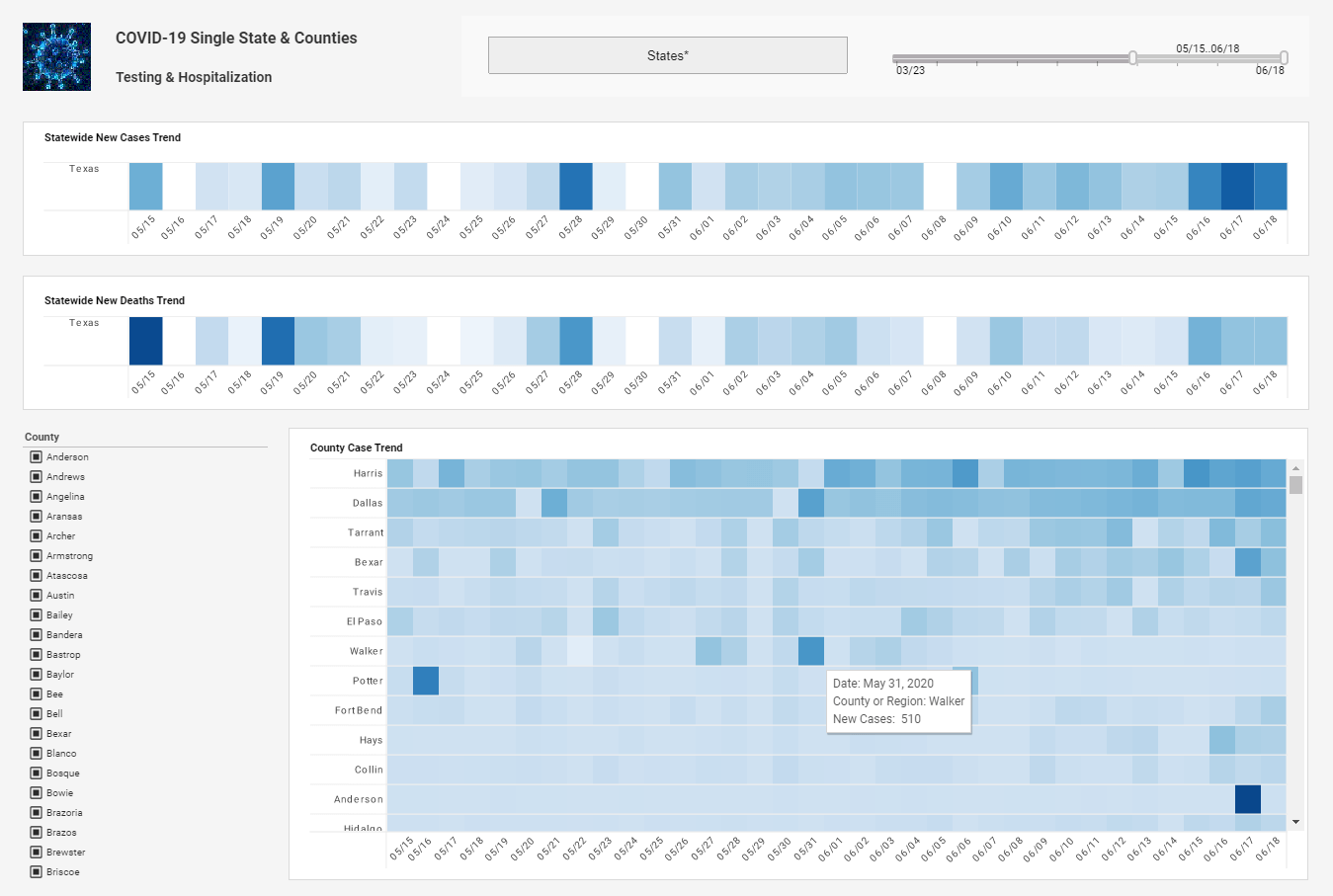Developing a Business Intelligence Methodology
This is the continuation of the transcript of a Webinar hosted by InetSoft on the topic of "The Importance of Having a BI Strategy". The presenter is Mark Flaherty, CMO at InetSoft.
Mark Flaherty (MF): We have developed a business intelligence methodology that focuses on the business strategy and help customers focus on that. This is what I want to take you through today because we believe that building a solid BI strategy is vital to your success. So, we have seen many BI implementations, and we believe that we have the expertise to help you with the BI strategy development.
Now, the specific approach here in how we help you build the BI strategy has four simple steps. And the first step is to look at the business needs, the pain-points line by business by line of business to that baseline analysis. The next one is to understand the gap – actually, even just track and understand what has been done from a BI strategy perspective and what execution has to be done again to get the baseline here.
Step three is to do an actual gap analysis. And then in step four, we are articulating that, and we are building a BI strategy foundation. There are a lot of best practices like what is a good organizational structure, what are best practices around metrics and measures, organizational profiles down to even job descriptions. You don’t have to start from scratch.
| #1 Ranking: Read how InetSoft was rated #1 for user adoption in G2's user survey-based index | Read More |
Now, what are all the parts of a BI strategy? There are three core areas of BI strategy that need to be covered in the scope of a complete strategy document. First, the objectives need to be laid out. The needs need to be documented. The benefits outline that you can make also builds the business case. There is some work to do around what’s the technology, what’s the actual solution that you are going to use. But that certainly is not the focus. And as we approach the BI strategy, this is very independent from specific individual products or even vendors.
Crafting effective objectives for your business intelligence (BI) project requires careful planning. First, ensure your goals align with the organization's overall strategy. Next, use the SMART framework to define Specific, Measurable, Achievable, Relevant, and Time-Bound objectives. Consider stakeholder input to guarantee the project addresses their key questions and challenges. Finally, focus on how the project will improve decision-making and business outcomes. By following these best practices, you'll set your BI project up for success.
Firstly, focus on alignment. Align your BI goals with your organization's overall strategic objectives. Identify the critical questions different departments are facing and how BI can provide answers. This ensures your BI efforts directly address pressing business needs. Next, prioritize data governance. Establish clear guidelines for data collection, storage, and access. This fosters trust in the data's accuracy and empowers users to make data-driven decisions with confidence. Finally, prioritize user adoption. Involve stakeholders throughout the strategy development process to understand their needs. Invest in user-friendly BI tools and training programs to ensure users can easily access and analyze the data, maximizing the value of your BI strategy.
Evaluating the effectiveness of your business intelligence (BI) strategy goes beyond simply looking at data volume. Here are key best practices to measure its true success. Firstly, focus on business impact. Move beyond vanity metrics and identify KPIs (Key Performance Indicators) directly tied to your strategic objectives. For example, if your goal is to improve customer satisfaction, track metrics like customer retention rate or Net Promoter Score (NPS) after implementing BI-driven initiatives. Monitor these KPIs consistently to assess if your BI strategy is driving positive business outcomes.
Secondly, prioritize data quality and user adoption. Inaccurate or incomplete data leads to unreliable insights. Track data quality metrics and establish processes for data cleansing and validation. User adoption is equally crucial. Monitor how many users are actively accessing and utilizing BI tools. Conduct surveys to gather user feedback on the platform's effectiveness and identify areas for improvement. Finally, consider qualitative factors alongside quantitative metrics. While numbers provide essential data points, a successful BI strategy fosters a data-driven culture within your organization. Look for evidence of employees using BI insights to inform decision-making across departments. Increased collaboration and problem-solving based on data analysis indicate a thriving BI strategy that empowers your workforce.
| Previous: When the BI Team Isn't Familiar with the Business Strategy |


